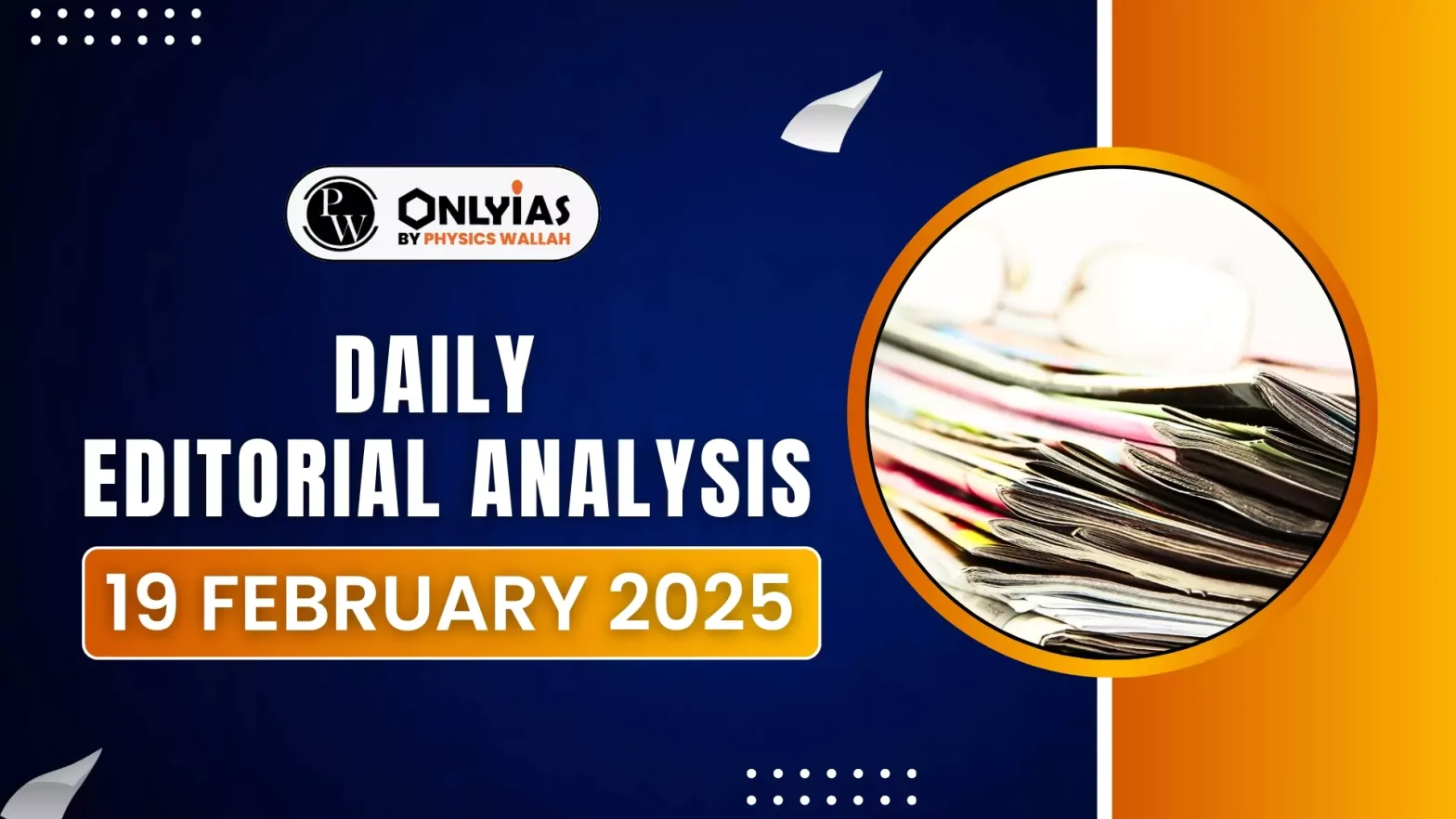Recently, multiple cases have been filed against YouTubers Ranveer Allahbadia and Samay Raina over an obscene joke in an episode of India’s Got Talent.
Evolution of Media
- Historical Role: Since ancient times, media has played a crucial role in shaping history and influencing societal aspirations. Over the past four decades, it has undergone significant thematic and structural transformations.
- Shift to Infotainment: News, once regarded as sacrosanct, has given way to a mix of information and entertainment. Print and broadcast media increasingly resemble television screens with heavy use of visuals, graphics, and color photos.
- The traditional role of the media in fostering critical thinking, acting as a watchdog, and promoting justice has diminished.
- Challenges to Traditional Media: Traditional media struggles to maintain its autonomy amid the digital revolution. The rise of new information technology has disrupted traditional media operations.
- While legacy media continues to serve its heterogeneous audience, it faces an existential threat from digital media.
- Impact: The rapid advancement of digital platforms has reshaped media consumption patterns. Traditional media competes with its digital counterparts while striving to uphold journalistic integrity.
Changes in the Media Industry
- Revenue Decline: The media industry faces declining trust, collapsing traditional revenue models, and the dominance of digital monopolies. These disruptions have sparked widespread debate on the future of journalism.
- Debate: The survival of books and media remains a key discussion among authors, communication experts, and historians. Umberto Eco emphasized that while the form of books may evolve, their existence is irreplaceable, much like the wheel and the spoon.
- Adaptation: The evolving media ecosystem presents both challenges and opportunities. To stay relevant, traditional media must acknowledge and adapt to technological advancements.
- Transformative Role: Social media has revolutionized communication by making it interactive, real-time, and personalized. It now influences over 5 billion people, shaping public discourse and consumer expectations.
- Real-Time Engagement: Unlike traditional media, social media offers instant feedback and problem resolution. Its adaptability and responsiveness have contributed to its exponential growth and dominance.
Significance of Social Media
- Enhancing Connectivity: Social media enables seamless connections across cultural, religious, ethnic, and linguistic divides. It facilitates personal expression, guidance-seeking, and problem resolution with unprecedented ease.
- End of Dominance: The rise of social media, rapid technological advancements, and widespread Internet usage have diminished the influence of traditional media. Legacy media struggles to match the convenience and accessibility offered by digital platforms.
- Public Engagement: Social media fosters real-time discussions, allowing users to share opinions and engage in debates. However, public discourse has shifted from meaningful discussions to contradiction and confrontation.
- Rise of the Virtual Personality: Every user becomes a digital entity, interacting across platforms like Facebook, Instagram, X (Twitter), and YouTube.
- These platforms are used for diverse activities, including personal milestones, social activism, entertainment, and business promotions.
Solutions for Traditional Media to survive
- Beyond Information Sharing: Communication today extends beyond merely receiving and transmitting information. Traditional media must engage where modern communication thrives—digital platforms.
- Digital Transformation: The digital revolution is not a threat but an opportunity for reinvention. New technologies can create an interconnected narrative without geographical limitations.
- User-Centric Approach: Traditional media must evolve into a collaborative space that informs, educates, and fosters empathy. Integrating news, entertainment, and personal well-being enhances audience engagement.
- Maintaining Credibility: Unlike many digital platforms, traditional media emphasizes informed debates and multiple perspectives. Newspapers, radio, and TV channels remain committed to credible, unbiased reporting.
- Role of Traditional Media: Traditional Media must guide users towards responsible and mindful engagement with social media. It should promote authentic, informed, and balanced discussions.
Role of Media
- Watchdog: Media directs attention to social issues and political developments. It ensures transparency, accountability, and good governance. Upholds freedom of expression and human dignity.
- Accountability: Media investigates misconduct, regardless of authority or influence. The Watergate scandal exemplifies journalism’s power in exposing corruption. “The pen is mightier than the sword” remains relevant in modern media.
- Rise of Social Media Platforms: The Internet’s expansion (since 1983) enabled global connectivity. Examples of Social media platforms :
- Six Degrees (1997): First email-based social network.
- Friendster (2002), MySpace (2003), LinkedIn (2003): Early social networking.
- Facebook (2004), YouTube (2005), Twitter (2006), Instagram (2010): Redefined digital communication.
Challenges of Social Media
- Psychological Effects: Social media amplifies marginalized voices. However, it comes with psychological and social effects. Scrolling, texting, and posting trigger the brain’s reward system, similar to drug addiction.
- It creates compulsive behavior, affecting mental well-being.
- Pitfalls: Social media enables instant information sharing but lacks authenticity checks. Anonymous users can manipulate facts, creating misinformation risks. Despite its transformative potential, social media’s influence comes with challenges.
- Superficial Connections: Online interactions often occur among anonymous or fake profiles. Leads to shallow relationships, isolation from real-life connections, and lack of meaningful dialogue.
- Cyberbullying: Forms of cyberbullying include:
-
- Doxing: Exposing private information.
- Shaming & Trolling: Targeted harassment.
- Impersonation & Spamming: Spreading misinformation.
- Hate Raids: Coordinated online attacks.
- Content Overloading: Content overload distorts reality, increasing loneliness and reducing self-esteem.
Conclusion
While social media offers communication benefits, unchecked use leads to serious pitfalls. Traditional media can help counter misinformation and cyber threats by fostering critical thinking and ethical media consumption.
![]() 19 Feb 2025
19 Feb 2025

